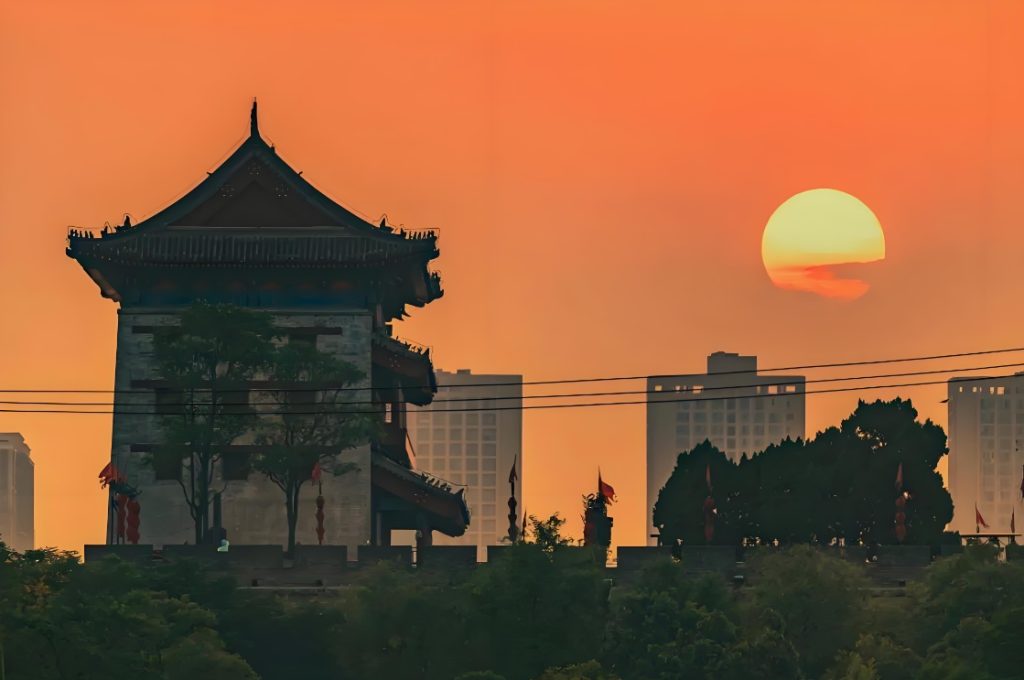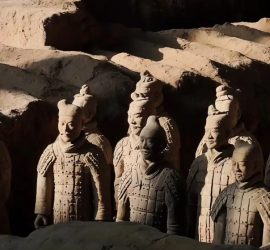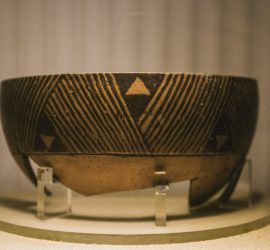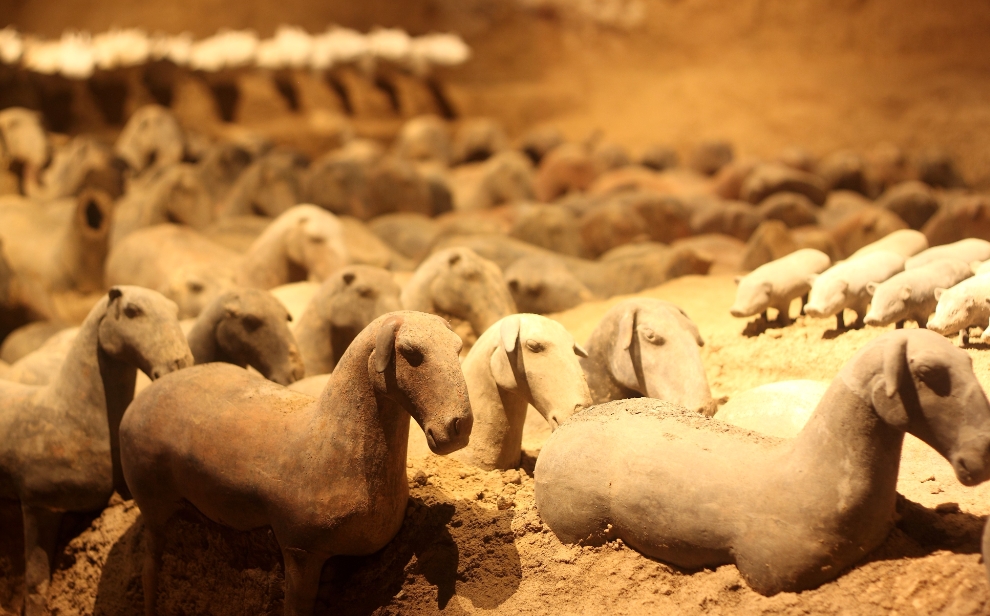
Acting on Zhu Sheng’s advice after capturing Huizhou, Zhu Yuanzhang, first ruler and Emperor of all-powerful Ming Dynasty, built the historic and epic Xi’an City wall to help provide the much-needed security during the war-prone era. Building these ‘high walls’ was also in an effort to fortify the city, thereby bringing the rest of the states together. The wall has survived several centuries and remains one of the world’s most extensive traditional military defense systems. Not only is the wall one of the best preserved, but also the largest and oldest in the country. Erected during the 14th century, it has undergone refurbishment thrice, about once every 2 centuries, and most recently in the early 1980s.
The wall harbors four main gates that helped to provide access to the town during the ancient times, with sentries on towers overlooking each gate. In addition, a large part of the city features a wide moat stretching around the historic walls, with huge drawbridges used to cut links when lifted, thereby controlling access to and from this city. This perimeter wall is best covered while cycling, as this allows tourists to explore the old city faster.
The majestic Xi’an City wall features flanking towers placed 120 m apart. They were purposefully built to enable the city’s soldiers keep an eye on enemies that could be attempting to access the city by climbing the tall wall. An arrow shot from either side of the towers could still hit the enemy within the intended range or within towers. Each of the 98 strategically-built flanking towers features a solid sentry building firmly resting on its top. The gates were considered a very critical part of the entire city because they provided access to this city. In fact, rulers put a considerable amount of effort trying to defend these strategic access points to ensure total safety.










